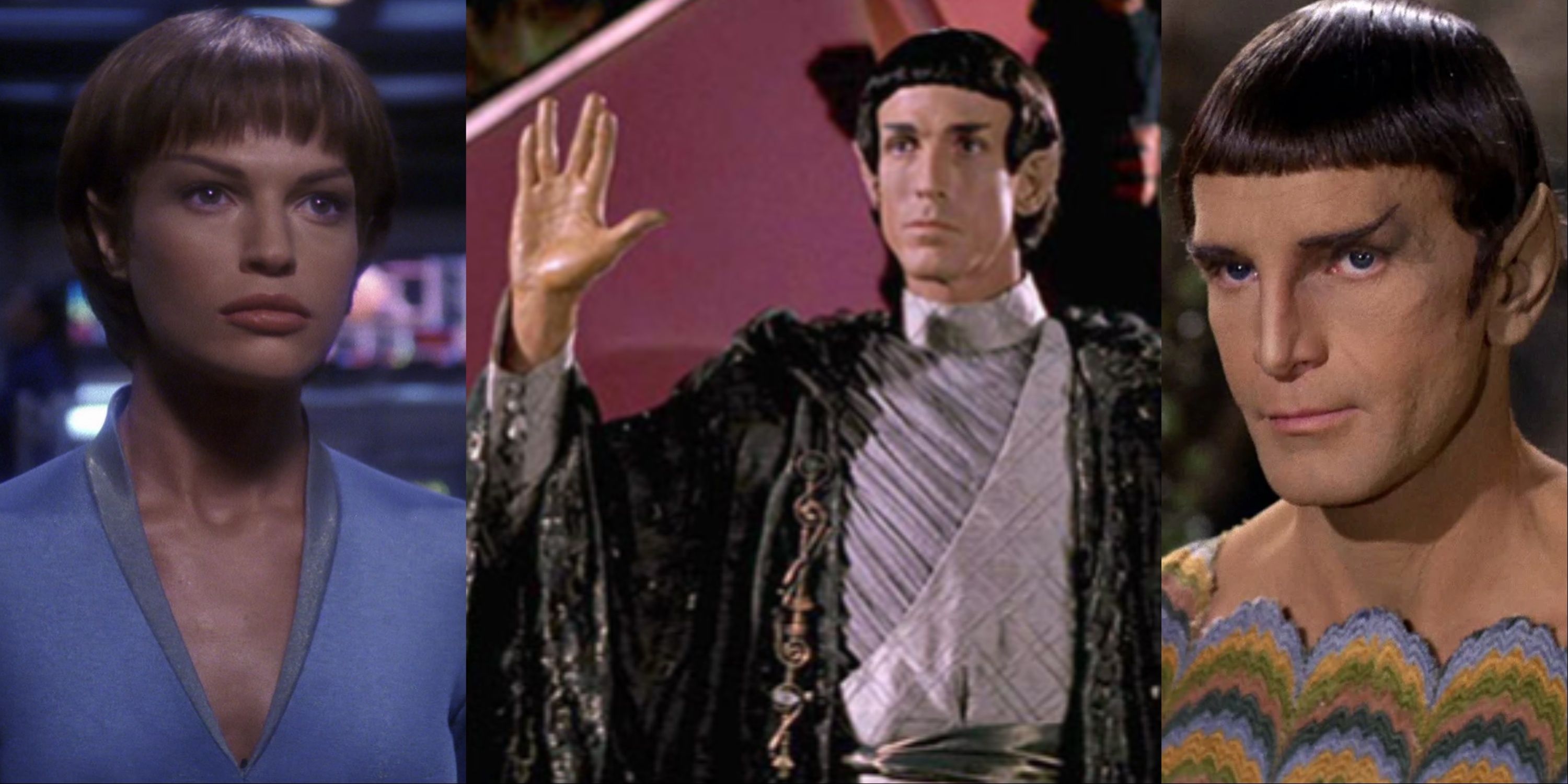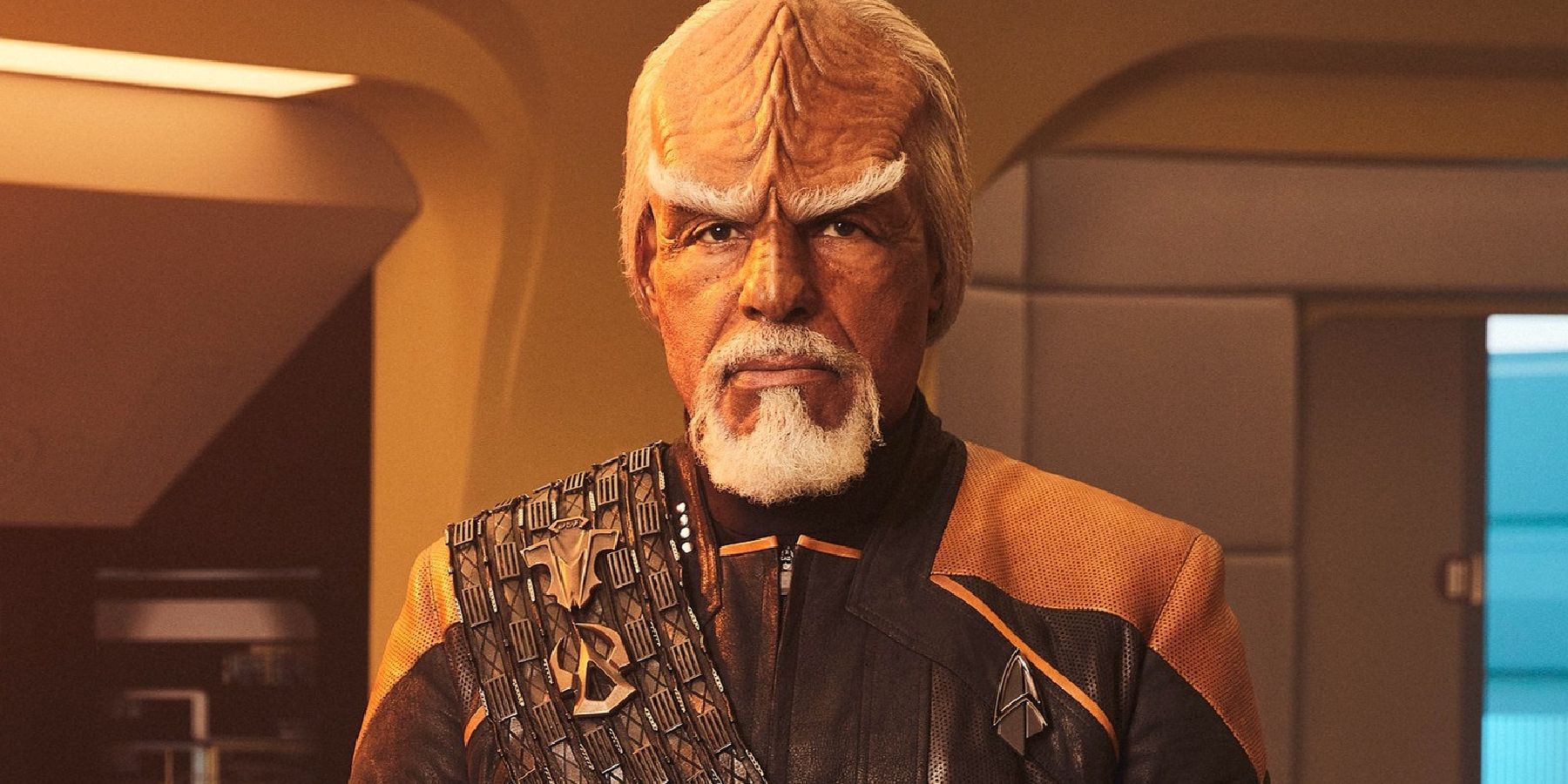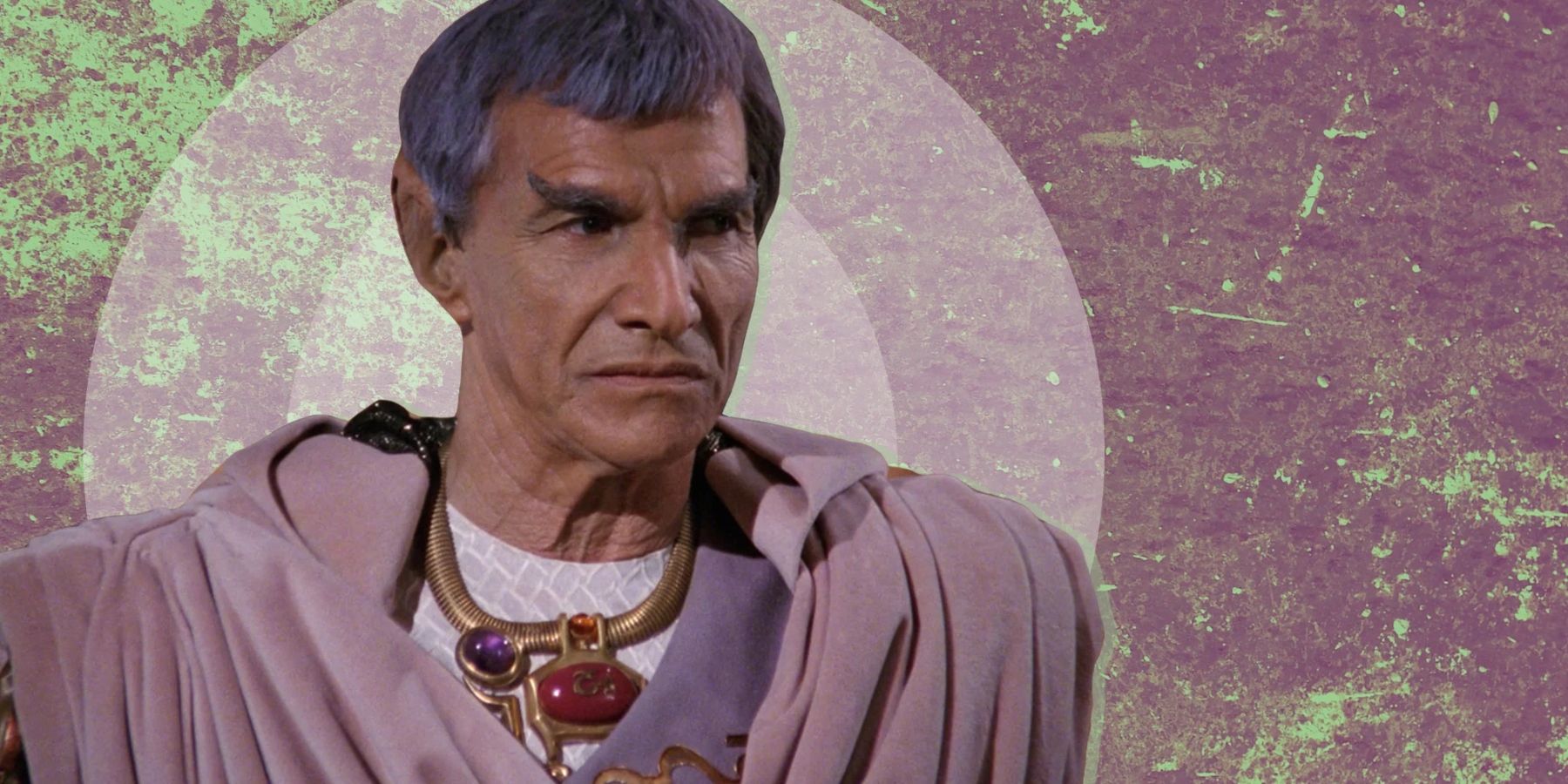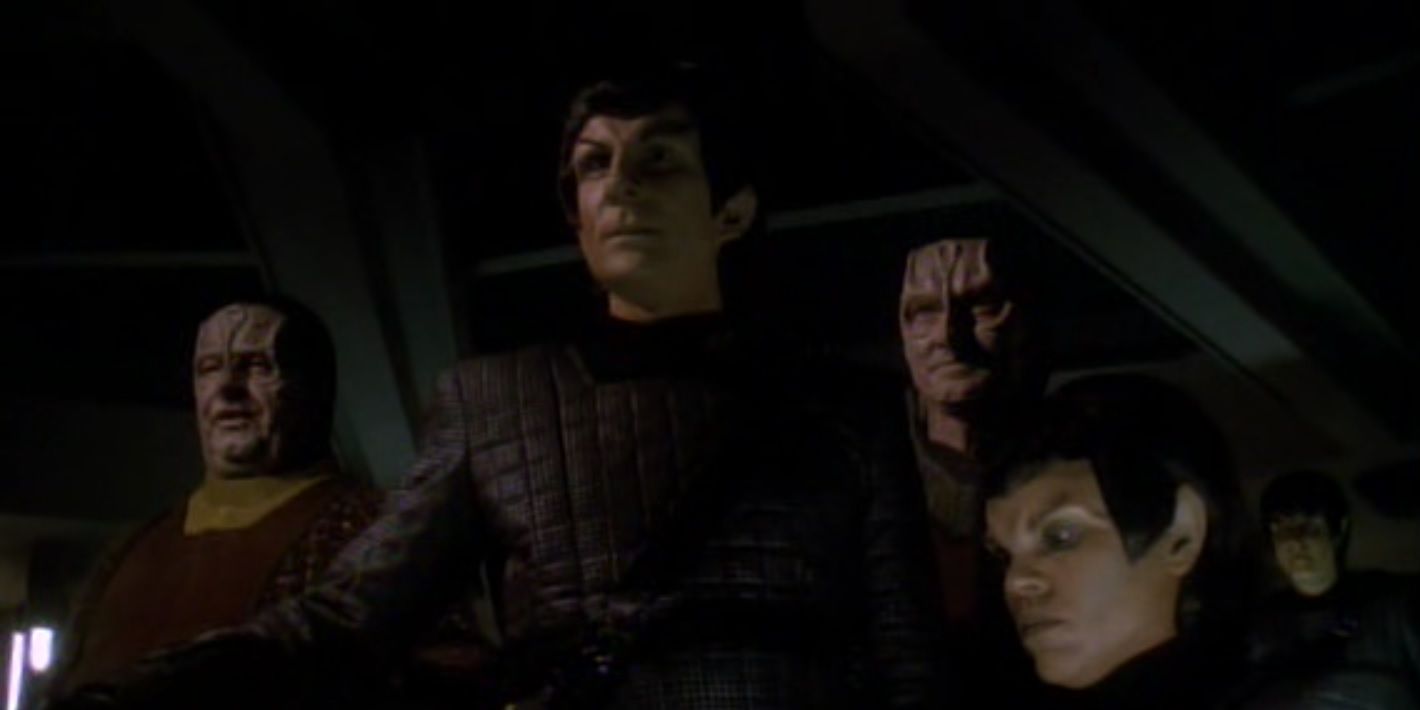War tends to be a background detail in Star Trek. The early entries in the franchise covered occasional battles and plenty of nasty consequences of galactic conflict, but they rarely focused on military pursuits as a central theme. Most of the major exchanges took place in the distant past. Star Trek is about an age of peace heralded by the treaty between the Federation of Planets and the Klingon Empire.
Klingons are a classic example of the Planet of Hats trope. A lot of alien species share one central theme, like hunting, organized crime, or business culture. The Klingons fall into the most popular subtrope, the "Proud Warrior Race." Many examples exist to fill a specific narrative hole, but they can develop new traits and nuances over time. The Klingons may have started with little more than a melee weapon to establish themselves, but they're more than a band of barbarians now.

Star Trek: 5 Worst Things Done By The Vulcans
Not all Vulcans in Star Trek are benevolent beings who do no wrong; here are some of the worst things the species has played a part in.
How did the Federation and the Klingon Empire interact?
Klingons and humans established first contact before the Federation existed. A Klingon crash-landed in Broken Bow, Oklahoma, in 2151. This led to a standoff in which a human farmer shot the Klingon, forcing a Starfleet crew to ferry him back to his home. This questionable introduction presaged several tiny engagements between the two powers. By 2223, the Federation and the Klingon Empire had entered a long-winded Cold War. These subtle hostilities, peppered with the occasional exchange of weaponry, lasted more than three decades. The two powers fought over territory but rarely lost or gained much in the shuffle. Full-fledged conflict finally broke out in the 2256 Battle of the Binary Stars. This led to the Klingon-Federation War of 2267. The war was short-lived, but it was far from the last hostile encounter between humans and Klingons.
How did the Federation make peace with the Klingon Empire?
The first uneasy peace between the Federation and the Klingons came after the Empire invaded a planet called Organia. Kirk and the crew of the Enterprise receive orders from the Federation to take Organia by any means necessary. The resulting conflict led the Organians to shed their humanoid disguises, revealing beings of pure energy who forcefully imposed the Treaty of Organia. Their law allowed either side to claim a planet in the disputed border region between their territories, but only the Organians could judge which of the two could lead the planet more efficiently. This system arguably maintained peace for the better part of a century, but relations between the two powers remained tense. They were far from allies, but a disaster on the Klingon homeworld changed things.
Praxis, a moon orbiting the Klingon homeworld, exploded in 2293. This disaster very nearly shut down the Klingon economy, as it caused countless ecological nightmares. Chancellor Gorkon quickly rushed to the debate table with the Federation, which selected Spock as its representative. A conspiracy featuring the brutal Romulans almost cost Gorkon his life, but the first Khitomer Accord still took shape. The show left many of the treaty's details in the dark, but the Klingon Empire willingly ceded land as part of its agreement. This olive branch led to a stronger bond in 2344. During the Battle of Narendra III, the crew of the Enterprise-C sacrificed themselves to defend a Klingon settlement from a Romulan betrayal. This noble act engendered substantial respect in the Klingon Empire, driving a wedge between the honorable warriors and their old Romulan allies. While the Klingons lost faith in the Romulans, they found new love for the Federation. After eight years of work, the Federation and the Klingon Empire signed a formal Treaty of Alliance in 2352.
Did the Federation-Klingon Treaty ever fail?
The alliance promised mutual support in military matters, guaranteeing a proper agreement between the Klingons and the Federation. This didn't extend to meddling in internal affairs, leading the Federation to let the Klingons settle their own civil war. The Klingons did eventually break the agreement by invading the Cardassian Union. This prompted a new Federation-Klingon War in 2372. It didn't last long, as both sides discovered the involvement of the fascist Dominion, which engineered both sides of the conflict. The resulting Dominion War forced Klingon Chancellor Gowron to quickly revive the Khitomer Accords to present a united front. Though many died in the brief conflict, the greater threat from the Dominion guaranteed a rapid return to mutually beneficial allyship. The Klingons had to spend years recovering, but their alliance came back strong.
Some glimpses into the future imagine the Klingon Empire joining the Federation of Planets by the 26th century. Their relationship suffered several setbacks, but the gradual growth from Cold War enemies to fire-forged allies demonstrates the power of diplomacy. The Federation earned the Klingons' trust through several noble sacrifices, including the incredible crew of the Enterprise-C. Though it took several centuries, the Klingons and the Federation became two of the most powerful allies in the galaxy.

Star Trek: What is a Sonic Shower?
From the steamy to the hilarious, Star Trek fans never know what to expect when sonic showers get involved.




